Cluster Beans Seeds
Growing Cluster Beans from seeds is a rewarding process, especially in hot climates. By focusing on soil preparation, consistent watering, and proper care, you can enjoy a bountiful harvest of these highly nutritious beans. Their drought tolerance and ability to fix nitrogen in the soil make them an excellent addition to home gardens, providing fresh pods for culinary use and improving soil fertility for future crops.
- Estimated Delivery : Up to 3 business days
- Free Shipping & Returns : On all orders over ₹550 in Bangalore
Cluster beans, also known as Cyamopsis tetragonoloba or guar, are a legume plant that is widely grown for its nutritious pods, often used in Indian cuisine.
1. Seed Selection
• Choose fresh, high-quality seeds from a trusted source.
• Select improved varieties known for high yields and disease resistance.
2. Planting Time
• Best planted in spring and summer, once the soil has warmed up to at least 65°F (18°C).
• They grow well in hot, dry climates but avoid sowing during frost periods.
3. Soil Preparation
• Cluster beans thrive in well-drained, sandy or loamy soils with a pH range of 7.0-8.0.
• Add organic compost or well-rotted manure to enrich the soil and improve fertility.
4. Seed Sowing
• Sow seeds 1 inch deep, spaced 6-8 inches apart, in rows 18-24 inches apart.
• Direct sowing is recommended as the plants don’t transplant well.
5. Germination
• Seeds typically germinate in 5-10 days at a soil temperature of 68-86°F (20-30°C).
• Ensure the soil remains moist but not waterlogged during germination.
6. Watering and Care
• Water regularly, especially during the early growth stages, ensuring the soil is kept moist.
• Once established, cluster beans are drought-tolerant but still require consistent moisture for pod production.
7. Fertilizing
• Apply a balanced fertilizer (NPK 10-10-10) at planting and every 4-6 weeks during the growing season.
• Because cluster beans are legumes, they fix nitrogen in the soil, reducing the need for heavy nitrogen fertilizers.
8. Pests and Diseases
• Monitor for pests such as aphids, caterpillars, and thrips.
• Use organic insecticides like neem oil to control infestations.
• Prevent fungal diseases like root rot by ensuring well-drained soil and good air circulation.
9. Harvesting
• Cluster beans are ready for harvest 60-70 days after planting.
• Harvest when the pods are young and tender, around 3-4 inches long, for the best flavor and texture.
10. Seed Saving
• Allow some pods to fully mature and dry on the plant for seed collection.
• Once dry, harvest the pods, shell the seeds, and store them in a cool, dry place for future planting.
Conclusion
Growing Cluster Beans from seeds is a rewarding process, especially in hot climates. By focusing on soil preparation, consistent watering, and proper care, you can enjoy a bountiful harvest of these highly nutritious beans. Their drought tolerance and ability to fix nitrogen in the soil make them an excellent addition to home gardens, providing fresh pods for culinary use and improving soil fertility for future crops.



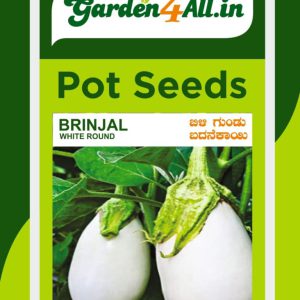
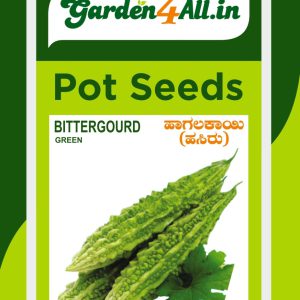
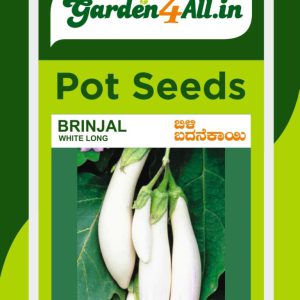
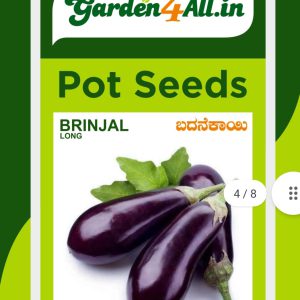
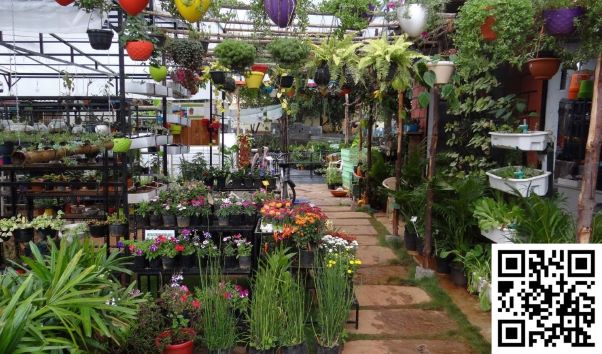
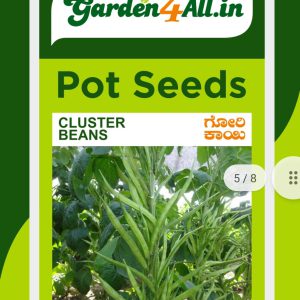
Reviews
There are no reviews yet.